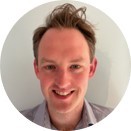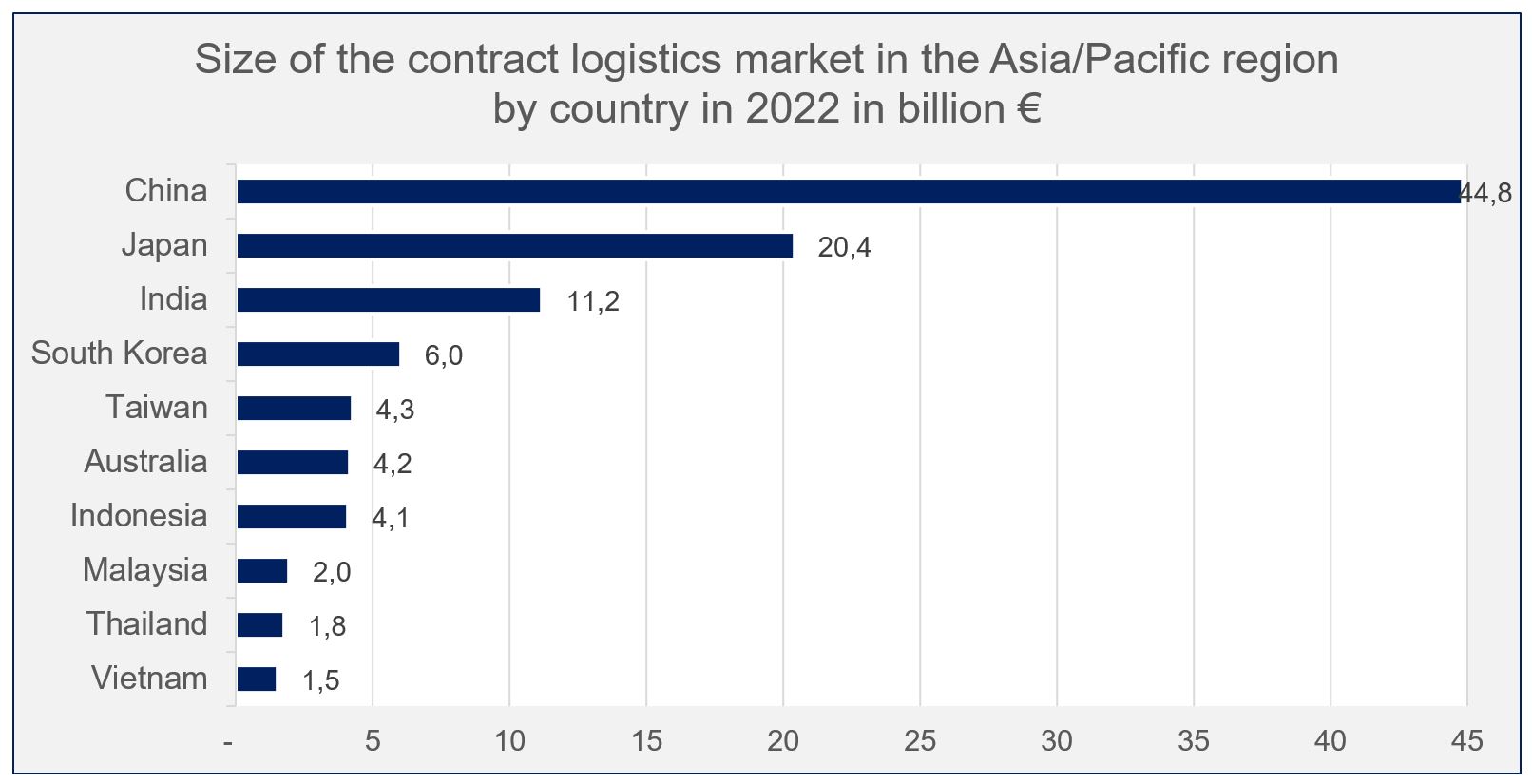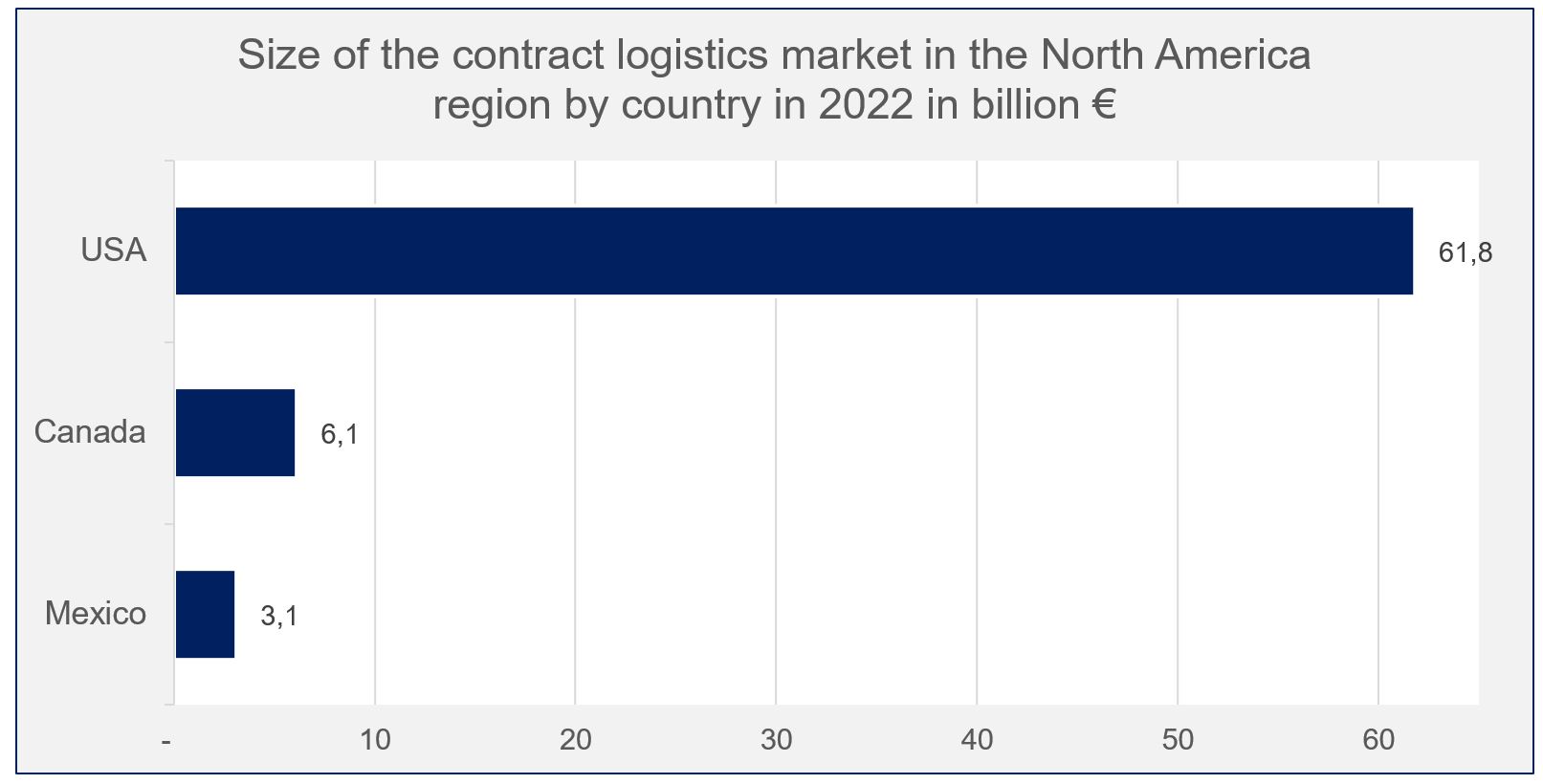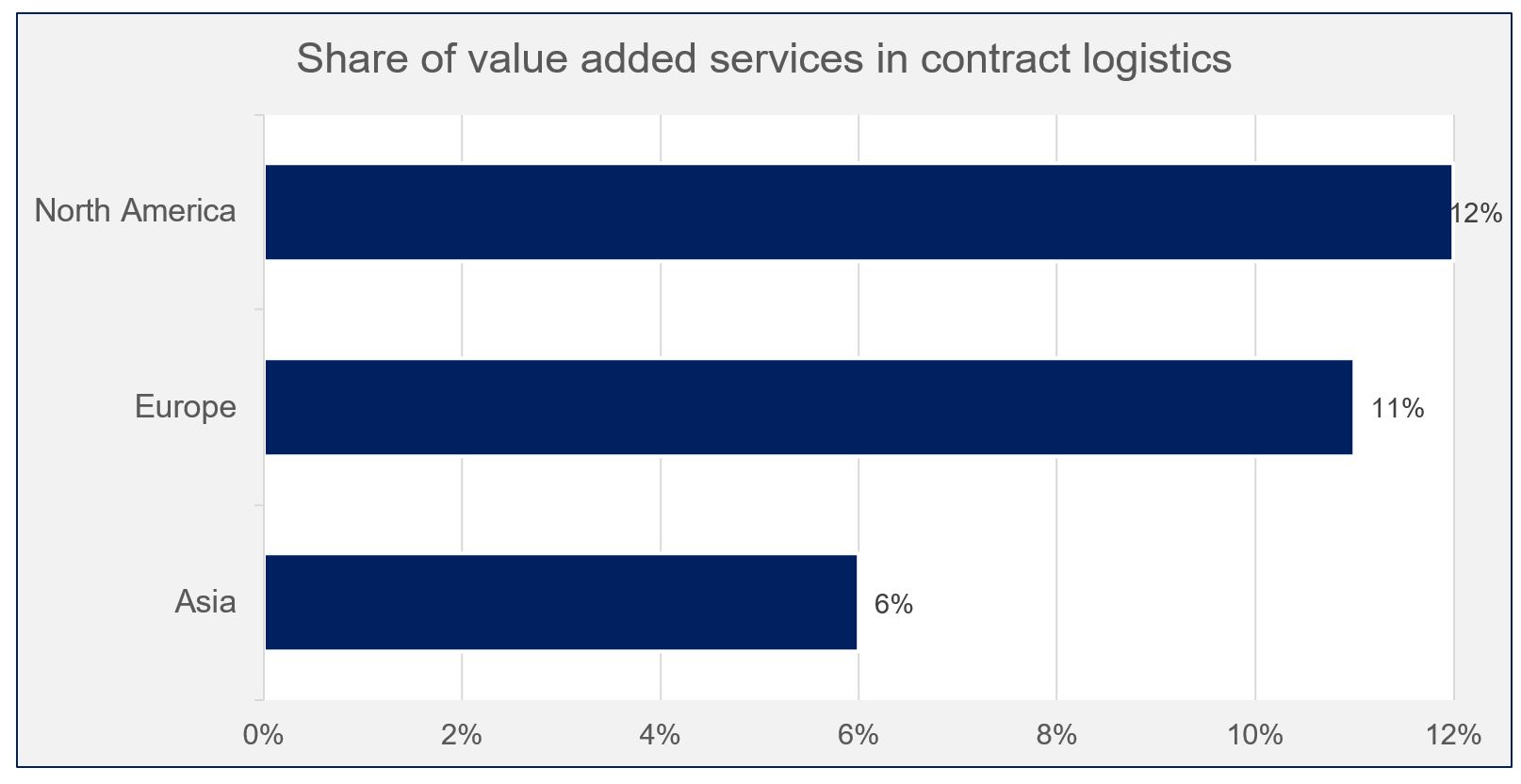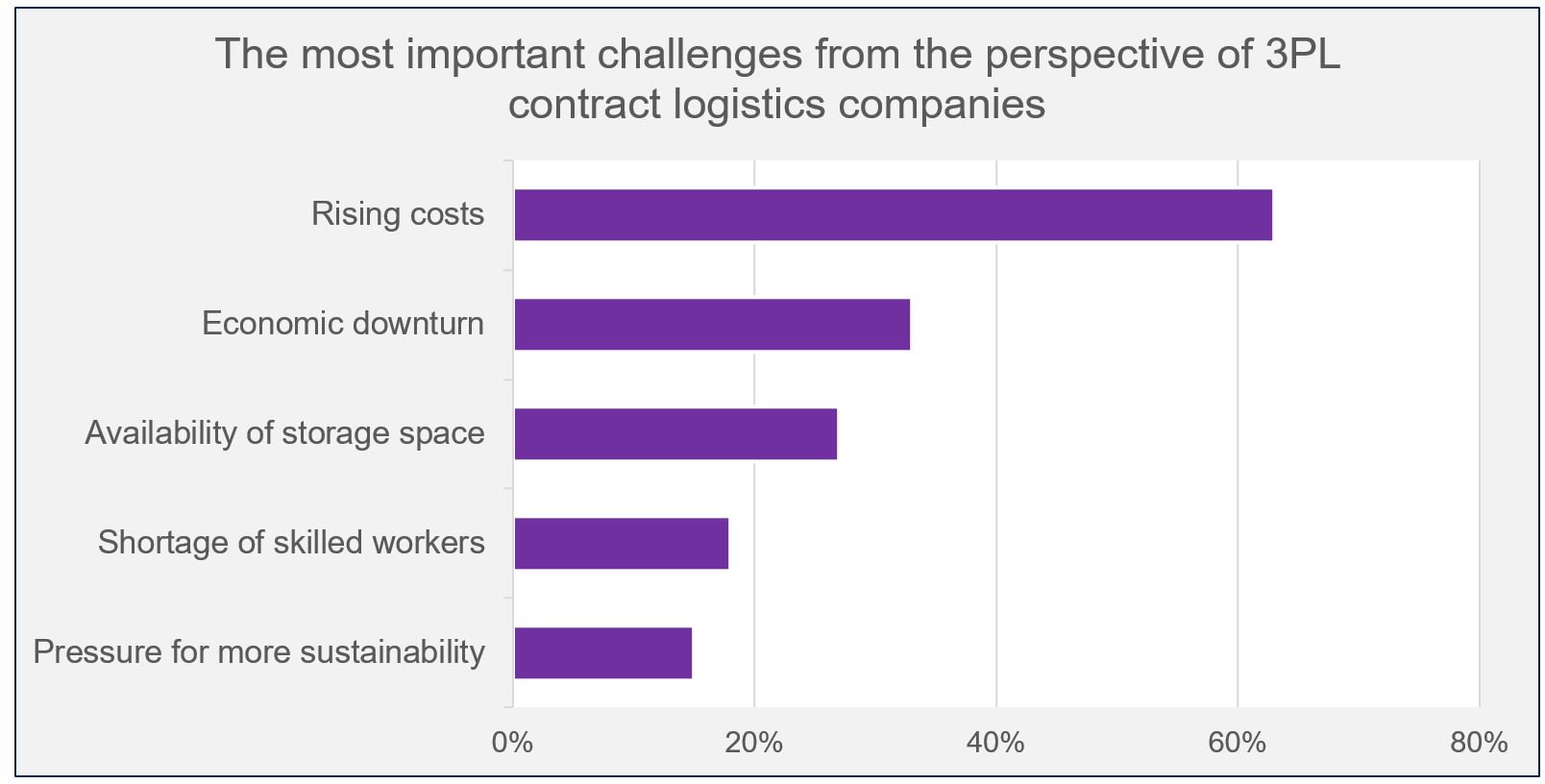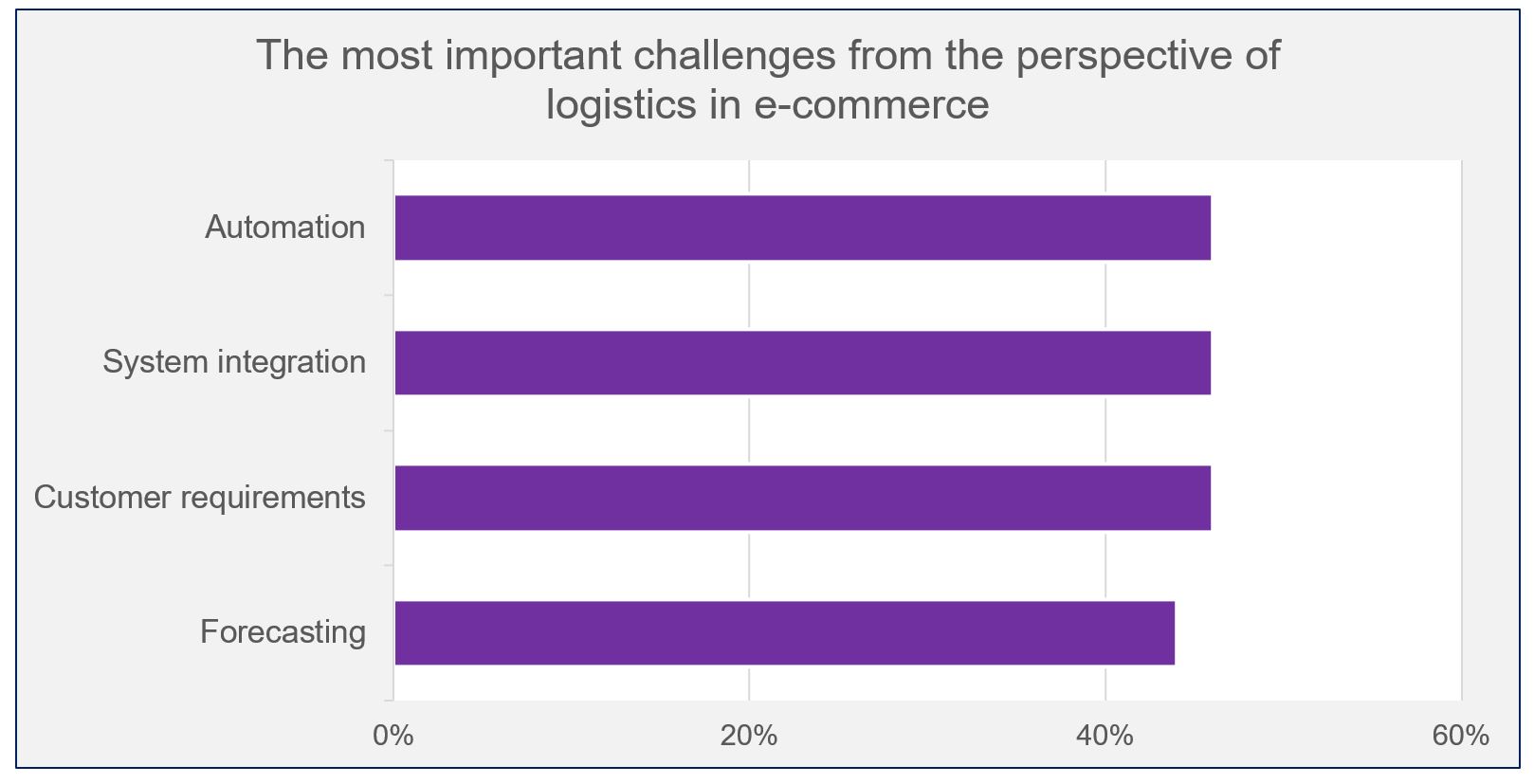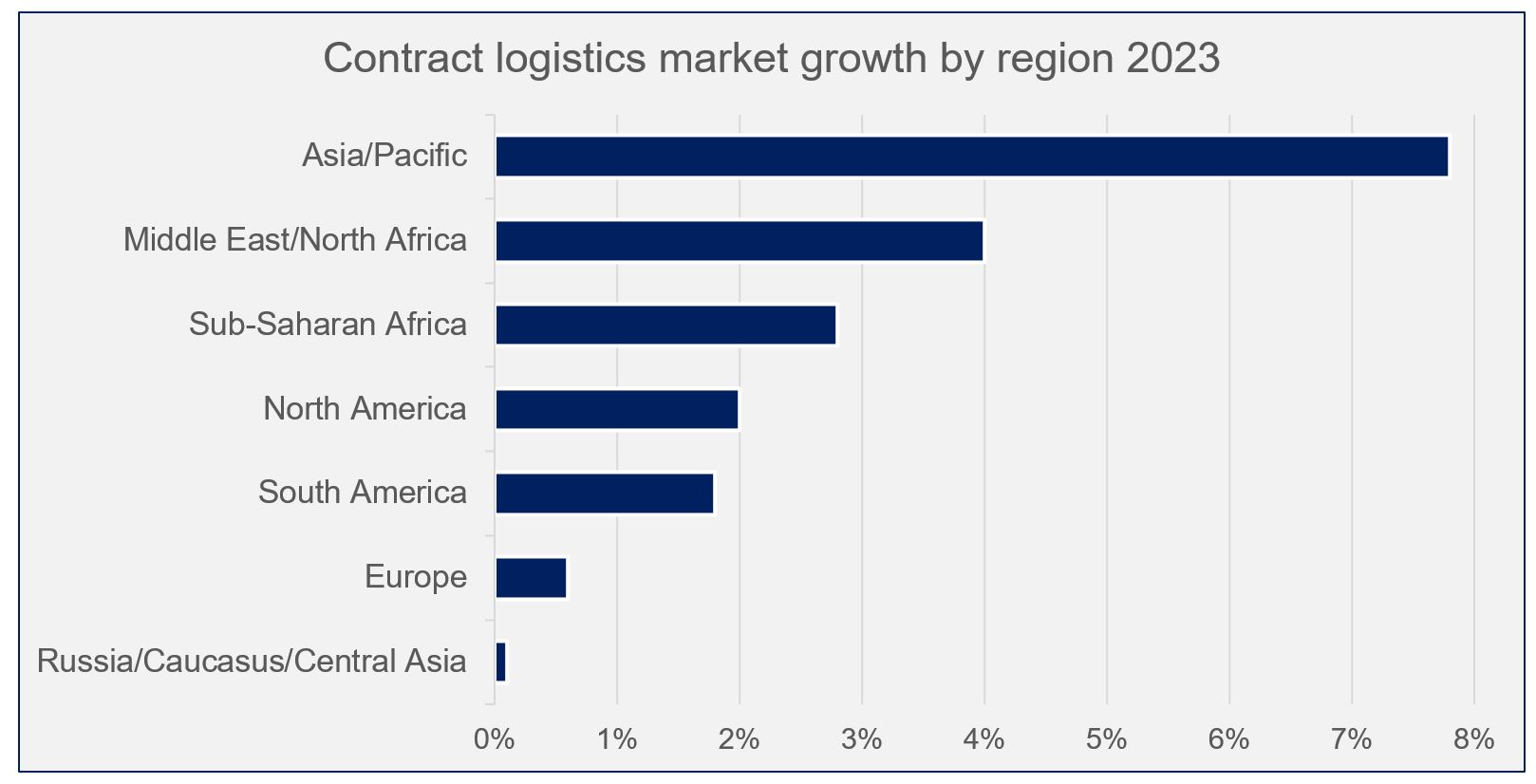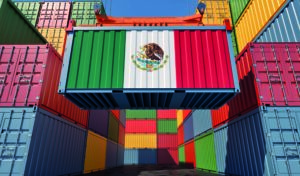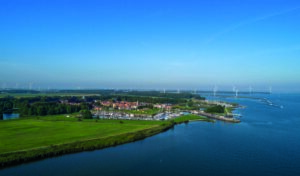
The round has to go into the square. The life cycle of a tank container.
The round has to go into the square. The life cycle of a tank container. Leschaco is one of the pioneers of tank container logistics. We have been using tank containers for the safe transport of dangerous goods for around 50 years. Today, we have a fleet of more than 5,000 of our own tank containers in operation worldwide. They



